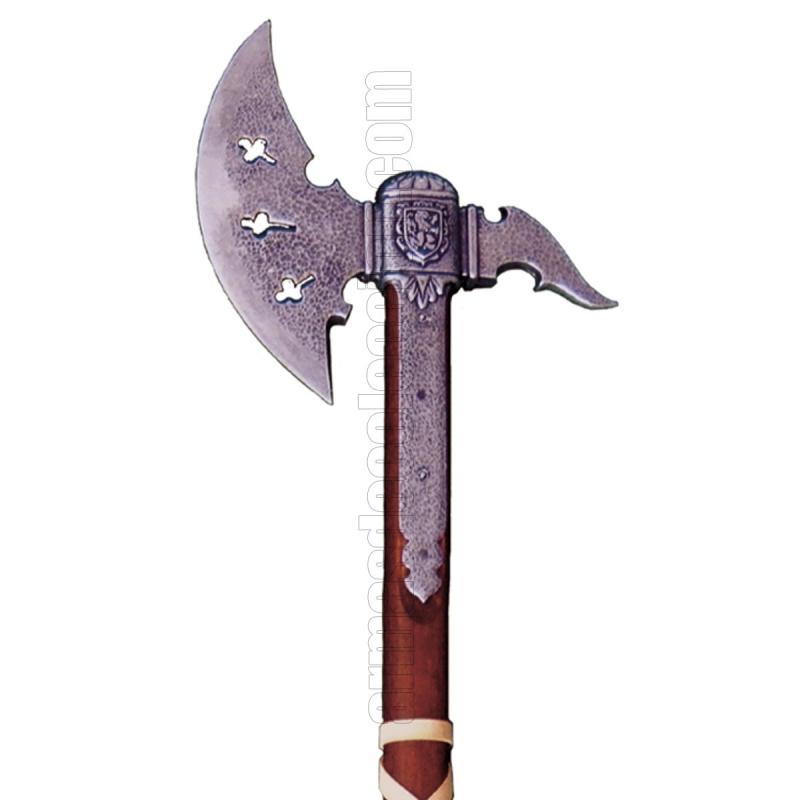

And while some people may seem content with the story as it stands, our view is that there exist countless mysteries, scientific anomalies and surprising artifacts that have yet to be discovered and explained. However, in 496 AD “they were conquered by Clovis and incorporated into his Frankish dominions.”Īt Ancient Origins, we believe that one of the most important fields of knowledge we can pursue as human beings is our beginnings. By the 5th century AD, the tribe had expanded into Alsace and northern Switzerland, and established the German language in those regions. The Germanic Alemanni people were first mentioned after being attacked by Roman forces in 213 AD. First Roman Temples from 2,000 Years Ago Found in the Netherlands.The Battle Axe Culture: Piecing Together the Age of Crushed Skulls.This is why so many men’s graves from the Migration Period have been found to contain weapons and jewelry. The need and greed for territory and tradable resources meant hyper-violence marred society at this time, but there was also an intermixing of cultures and exchange of burial traditions.Ī report on Live Science explains that burial rites at this time sometimes “changed as conquerors took over a particular village or region.” For example, the Alemanni Germanic tribe that was defeated by the Franks in 496 AD was subsequently absorbed into the Duchy of the Merovingians. Mass Medieval Migrations Caused a Cultural Mixĭuring the Migration Period (Völkerwanderung) in European history, large-scale migrations of various tribes settled in and often warred for control over collapsed Roman territories. Now, these new discoveries have proven that people lived in the region just after the reign of Roman emperor Romulus Augustus and his Germanic warlord, Odoacer. This was when the first written records mention a settlement in the region. Mayor Martin Numberger said in a statement that these new discoveries determine that the Gutmadingen district was inhabited “much earlier” than 1273 AD. These medieval graves were dated to between 500 and 600 AD and not only did they contain daily-life items like combs and drinking glasses, but also lances, swords, and jewelry. The researchers also found “140 early medieval graves ” in the same area where the Stone Age burial was found.

It was not uncommon for wagons/carts and sacrificed animals to be found alongside axes in Corded Ware graves. In these late Stone Age burials, the deceased were buried in flat graves inside small mounds and often the bodies were laid on their side with bent knees.

The name “Corded Ware” comes from a type of coarse pottery clay beaker that was decorated with twisted cord impressions. How A Handful of Yamnaya Culture Nomads Became the Fathers of Europe.Amateur Treasure Hunter Hit the Jackpot with The Ringlemere Cup Find.Depending mainly on cattle rearing and occasional cereal cultivation, Battle Axe people created copper and bronze artifacts, alongside their iconic stone battle-axes. The “ Corded Ware ” or “Battle Axe culture” came from the earlier Funnel Beaker culture of the North European Plain which had merged with the Proto-Indo-European steppe culture (Yamnaya culture). The corded ware pot, rock ax, and flint blade from the Stone Age burial found in southwestern Germany, among 140 medieval graves.(Yvonne Mühleis / State Office for the Preservation of Monuments in the RPS ) Stone Age Burials and Germany’s Battle Axe Culture This time period was when pottery was being created with crushed ceramics (broken pottery) mixed with their clays. The ancient tomb contained decorated pottery and a flint blade. Now, in the Geisingen-Gutmadingen district of Tuttlingen, in southwestern Germany, archaeologists have discovered a “Corded Ware” culture grave dating to 5,000 years ago. About 5500 BC, the Linear Pottery culture spread westwards along the Danube valley and encountered Atlantic European cultures. Originating in Germany, the Danube flows southeast for 2,850 kilometers (1,770 miles) to the Black Sea. The Neolithic burial site was found in an area where 140 medieval graves were also unearthed, many containing swords and jewelry.Īfter the Volga in Russia, the Danube is the second longest river in Europe. Archaeologists have discovered a rare Stone Age burial containing 5,000-year-old pottery in the Danube valley of southwestern Germany.


 0 kommentar(er)
0 kommentar(er)
